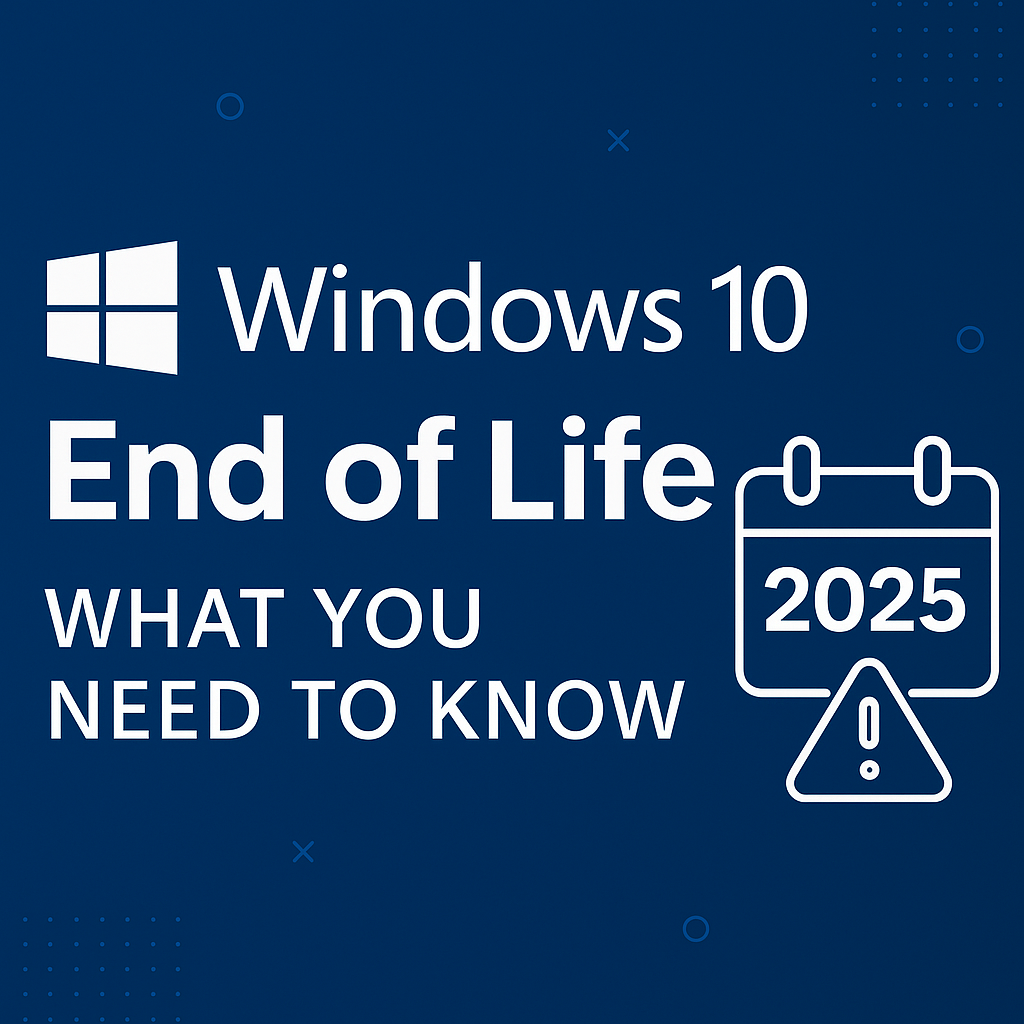OEM Server Purchase or White Box Server Purchase?
- For larger corporations with an extensive IT department and logistics capabilities, the data suggests that purchasing white box servers is a more cost effective option than purchasing OEM servers, with a few caveats. Most companies enjoy at least 20% lower total costs and over 25% increased energy efficiency, but it comes at the cost of services, software, management tools, integration, logistics, etc that OEMs provide.
- For smaller companies in hosting or telecom, the support, logistics, and deployment assistance provided by Original Equipment Manufacturers (OEMs) is likely a bigger priority than moderate cost savings or increased efficiency. This varies on a case by case basis.
- For hobbyists or individual server rack use cases, an ODM white box server is a better choice in most cases for the price and efficiency boost as long as time to deployment isn’t a large priority
How White Box Servers are Changing the Server Purchase Game, Quickly

Until recently, it was a no-brainer to pick one of the mainstay OEM vendors for your server hardware needs. Nobody ever got fired for picking Dell, right? Companies defaulted to the mainstream OEM servers unanimously for a few reasons.
-
- OEMs provided hardware solutions with features not available elsewhere
- Vendor support was critical to maintaining operations
- White box hardware lacked a long enough track record to be deemed trustworthy
However, decision making factors have changed. With the rapid growth in demand for public cloud services, cloud providers have engaged in a fierce competition for the best pricing terms to win over end-users. With a larger priority on reducing both capital and operational expenditures, it doesn’t make sense for many companies, especially hyperscalers (cloud giants like Google or Amazon), to continue paying a premium for OEM servers in the face of viable, cheaper alternatives.
White Box Server Vendors: the ODM
As a cheaper alternative to OEMs, original design manufacturers are taking over the commoditized cloud server market as hyperscalers cut costs and take their server orders overseas. In the process, they’ve edged the OEMs out of the commodity server market.
International Data Corporation(IDC)’s latest report The ODM Direct group of vendors grew revenue by 48.1% to $4.2 billion from 2016 to 2017, and held the largest percentage of server market share over Dell, Cisco, IBM, and HPE.
But the shift isn’t just limited to the hyperscalers anymore. In the past few years, the trend has advanced into the enterprise market as well through the efforts of the Open Compute Project.

Open Compute Project: The Server Upgrade Revolution
Following in the footsteps of the hyperscalers, more companies are buying directly from the manufacturers with custom built to order designs courtesy of the Open Compute Project.
The Open compute project was something of a vendetta for many of the largest hyperscalers. They wanted to accomplish the same thing with hardware as with open source software. Companies like Facebook wanted to use the free market to spur innovation.
Through freely sharing data center and IT designs and strategies, the global IT community realized better hardware choices, customization, and most importantly, cost savings.
With these freely available designs, it became possible for enterprises to find OCP hardware that fit their needs and contract a build order straight from the ODMs themselves.
While it’s been long established that the cloud giants like Amazon have success with sourcing their own hardware, the statistics from other mainstream adopters are also convincing in their own right.
In the telecom arena, the Korean company SK Telecom trialed their own traditional OEM hardware against 2 chosen ODM vendors for power efficiency, costs, and other typical factors of server procurement. Their tests showed a ~20% increase in power efficiency for OCP servers across most average workloads, and a better increase at idle or maximum server workloads.
Don’t OEM’s Provide Better **Fill in the Blank** than ODM Server Vendors?
Some common objections to abandoning the beloved Dells and HPE servers are a perceived lack of warranty, and a perceived lack of viability for companies aside from hyperscalers. While it is certainly more natural for the super cloud companies to deploy open source hardware, there are still compelling arguments for everyone from a homelab practitioner to a smaller enterprise to consider a whitebox server or Open Compute Project design.
Warranty
Many ODMs provide a term warranty and up front parts warranty with all of their transactions. While certainly not guaranteed, it’s possible that your ODM can compete with the warranty you get from an OEM. Additionally, vendors aren’t opposed to bespoke support and SLAs (Service level agreements), especially for the bigger ticket customers.
Softwaret
iDRAC and iLO from Dell and HPE respectively are awesome management softwares. Make no mistake. While Quanta does provide a remote monitoring/management software, QSM, it does not have all of the features that many OEM customers enjoy. In addition, other ODM vendors do not provide hardware management systems, or if they do, they lack the capabilities typically expected from an OEM.
That being said, many companies don’t take advantage of the capabilities of these software platforms anyways. If you do, request a demo of the software before jumping into bed with an ODM.
Better Hardware Options
Aside from the fact that ODMs contributed heavily to OEM hardware sourcing anyways, the Open Compute Project (OCP) is basically one big R&D department comprised of some of the largest companies in the world.
With countless designs, theories, and improvements being presented in this open marketplace, white box servers are advancing at a rapid pace even past the efficiency they’ve already reached. As a common example, Facebook enjoyed 38% increased power efficiency in their data center (and 24% lower costs to boot).
What’s the Catch with White Box Servers?
Despite a compelling list of reasons to switch to ODM server vendors to source your next server upgrade, there are a few factors to consider that may limit your mileage.
OCP Logistics
With the traditional OEM route, everything is handled- from the design, to component procurement, to the manufacturing, to logistics. When you source your hardware from the original design manufacturer with an open source design, it is now up to the customer, you, to handle these aspects of the process.
Some smaller companies who previously relied on traditional OEMs for their supply chain and ongoing support may not be well equipped to coordinate a white box server environment deployment from start to finish.
That being said, many companies can and will work with a hardware solution provider to guide them through the process of deploying an OCP server. And larger companies especially should have sufficient resources to coordinate the process without a significant hitch.
Before committing to a white box server upgrade, evaluate which facets of the data center management that you relied on your OEM for. Determine how feasible it is to replace those functions in house, and weigh against the benefits of using an ODM server vendor.
OCP Compatibility
“Open Compute standard” is somewhat of an oxymoron. Depending on which contributor or design the equipment originated with, compatibility may become an issue. For example, Microsoft may be using 19 inch racks, but Facebook design servers use 21 inch. If hastily deploying open compute servers, compatibility issues are a real possibility. Some other things to consider are rack height and input power.
ODM Server Manufacturers Delivery Time and Communication
Two other limitations to consider with ODM server vendors is the communication aspect. In addition to the time zone differential, communication is not as timely as enterprises would expect from an OEM.
Delivery time varies by vendor, but it is relatively longer than an OEM. Think Amazon vs Alibaba. Depending on your deployment timetable this may or may not be an issue, but it’s something to consider.
How to Get Started with Your White Box Server Purchase
To get started, look through current Open Compute Project designs and start planning out your next data center build. You can find those by visiting the OCP products section. Coordinate with your company’s relevant parties to determine exactly what your needs are going forward and determine which design specs best meet those needs. You may need to consult with a solutions provider that specializes in OCP deployments.
Replacing Your Servers? Maximize Returns
If you’re planning to replace existing data center hardware in production, reach out to us to maximize returns on the leftover equipment, hassle-free. We provide free decommissioning and on site pick up, R2 certified data erasure, and fast turnaround. Get a service quote today!
For that equipment that is non-viable for remarketing, we also provide server recycling services and e-waste recycling!



